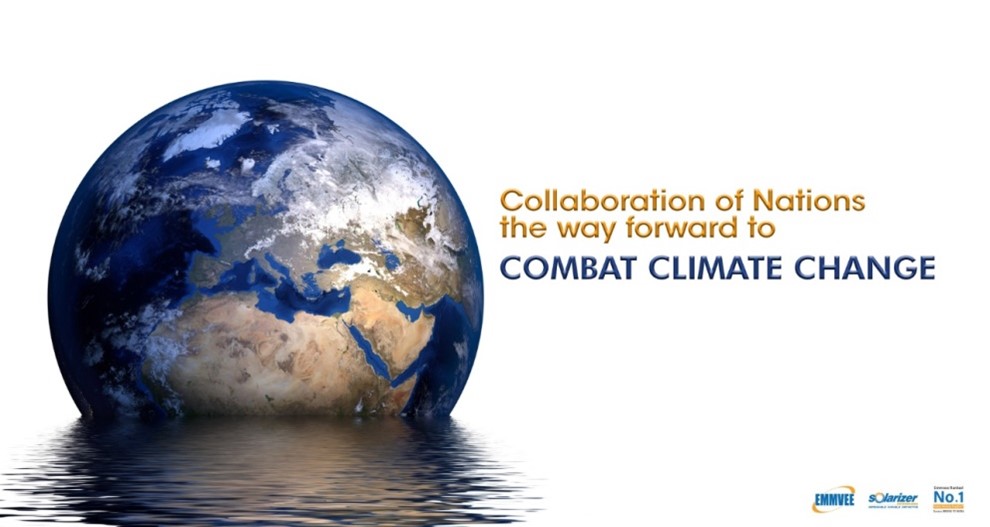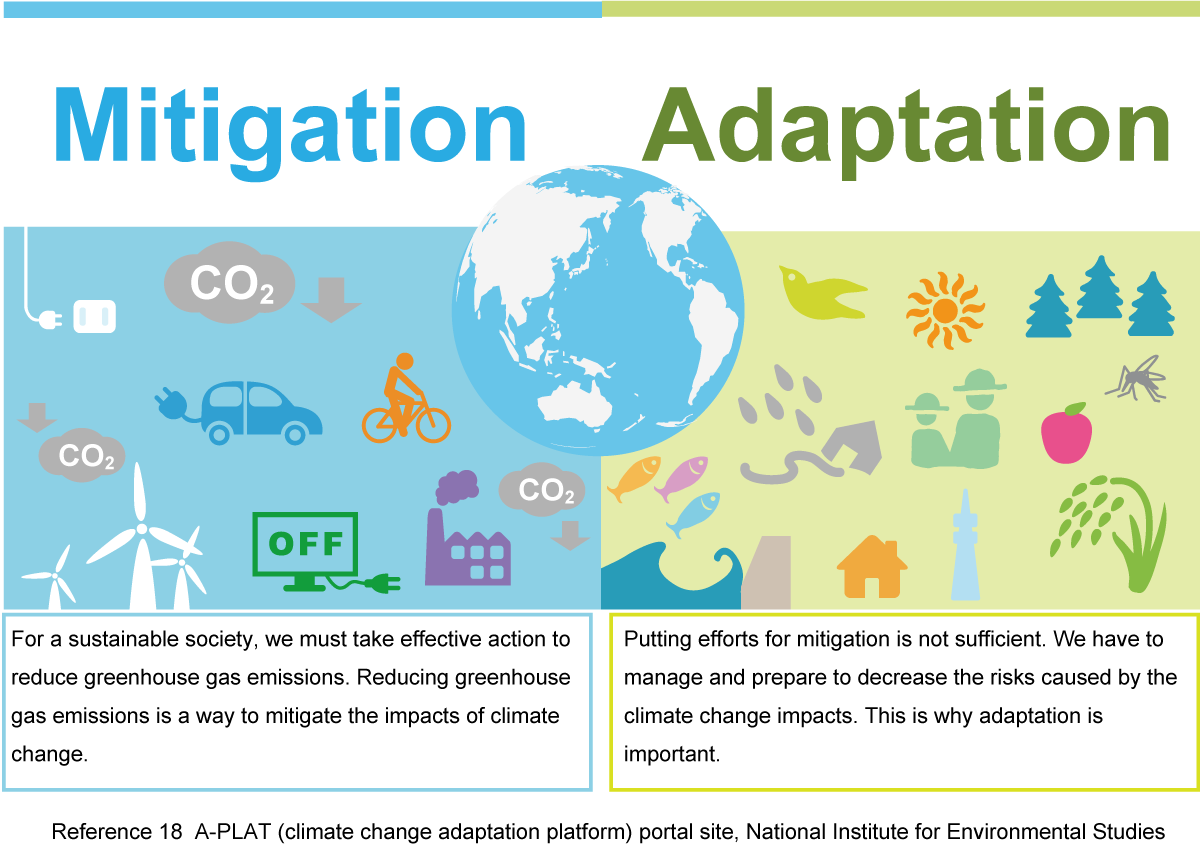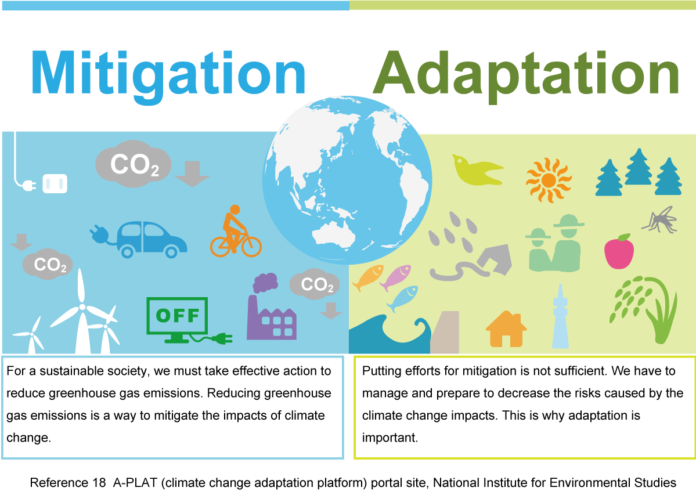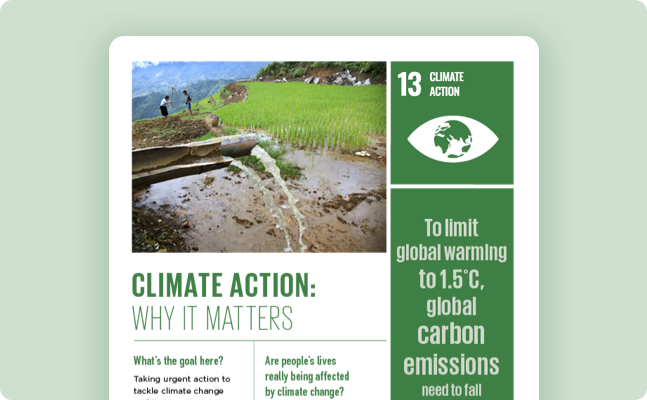Climate change poses one of the most significant challenges to our planet today. The escalating effects of global warming, including rising sea levels, extreme weather events, and loss of biodiversity, have prompted an urgent call to action. Around the world, various climate conservation initiatives are being implemented to mitigate environmental change and promote sustainability. This article explores some of the key global efforts dedicated to combating climate change, highlighting their importance and impact.
1. International Climate Agreements
One of the most prominent global efforts to address climate change is the adoption of international agreements. The Paris Agreement, signed in 2015, is a landmark accord where 196 countries committed to limit global warming to well below 2 degrees Celsius above pre-industrial levels. This agreement emphasizes reducing greenhouse gas emissions and enhancing resilience to climate impacts. Countries are required to submit nationally determined contributions (NDCs) outlining their climate action plans, promoting accountability and cooperation.
2. Reforestation and Afforestation Programs
Forests play a critical role in absorbing carbon dioxide from the atmosphere. Reforestation and afforestation initiatives aim to restore degraded forests and create new forested areas, respectively. Programs like the Bonn Challenge and the Trillion Trees Initiative have set ambitious targets to restore millions of hectares of forest. These efforts not only sequester carbon but also support biodiversity, enhance water cycles, and provide livelihoods for local communities.
3. Renewable Energy Transition
Transitioning to renewable energy sources is a cornerstone of climate conservation. Countries worldwide are investing in solar, wind, hydro, and geothermal energy to reduce reliance on fossil fuels. For instance, Germany’s Energiewende (Energy Transition) plan aims to achieve a renewable energy share of 80% by 2050. Similarly, China’s extensive solar energy projects have made it a global leader in renewable energy production. These initiatives reduce greenhouse gas emissions and promote energy security.
4. Sustainable Agriculture Practices
Agriculture is both a contributor to and a victim of climate change. Sustainable agriculture practices, such as agroforestry, conservation tillage, and organic farming, aim to reduce emissions and enhance resilience to climate impacts. The Food and Agriculture Organization (FAO) promotes climate-smart agriculture (CSA), which integrates practices that increase productivity, adapt to climate change, and reduce emissions. CSA projects in Africa, Asia, and Latin America demonstrate the potential for sustainable food systems.
5. Marine Conservation Efforts
Oceans are crucial in regulating the Earth’s climate. Marine conservation initiatives focus on protecting marine ecosystems, such as coral reefs and mangroves, which act as carbon sinks and buffer coastlines against storms. The Global Coral Reef Alliance and the Blue Carbon Initiative are examples of efforts to preserve and restore these vital ecosystems. Marine protected areas (MPAs) are also established to conserve biodiversity and sustain fish populations.
6. Urban Green Spaces and Infrastructure
Urbanization contributes significantly to climate change, but cities also hold the potential for innovative solutions. Urban green spaces, such as parks, green roofs, and community gardens, help reduce the urban heat island effect, improve air quality, and provide recreational spaces. Initiatives like the C40 Cities Climate Leadership Group promote sustainable urban planning and infrastructure development to reduce emissions and enhance resilience. Smart cities with integrated public transportation and energy-efficient buildings are leading the way in sustainable urban living.
7. Climate Education and Advocacy
Raising awareness and educating the public about climate change is vital for driving action. Climate education programs in schools and communities empower individuals with knowledge about the causes and impacts of climate change and the steps they can take to mitigate it. Advocacy groups, such as Fridays for Future and Extinction Rebellion, mobilize people worldwide to demand stronger climate policies from governments and corporations. Public engagement and activism are crucial for building a sustainable future.
Conclusion
Global efforts to combat climate change are multifaceted and involve cooperation across nations, industries, and communities. From international agreements and reforestation programs to renewable energy projects and sustainable agriculture, these initiatives collectively aim to mitigate environmental change and promote a sustainable future. As climate change continues to pose a significant threat, it is imperative for all stakeholders to enhance their commitment and action towards climate conservation. By working together, we can create a resilient and sustainable world for future generations.











